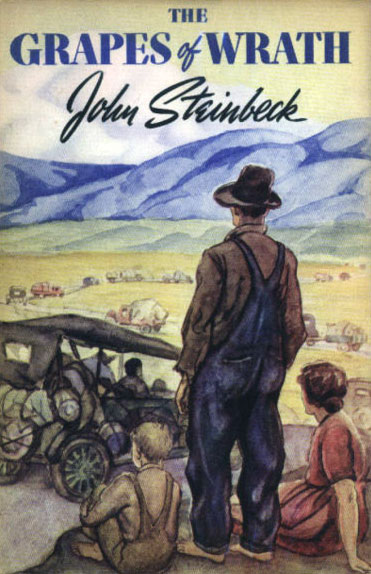It’s that time of year where I am reading drafts of term papers. While reading a draft of a paper on ethical consumerism, I came across this great paragraph, probably the best I will read today:
Not only do these alternative food networks [Note: Fair Trade, local, organic, etc. — MFB.] often have high price barriers, they also give rise to a hierarchy among consumers. Those who can afford ethical products are at the top, and cash-strapped families with no other option but to buy generic, mass-produced groceries are seen as morally inferior. Not only can lower-income families not afford these higher quality goods for their personal use, they are also morally chastised for their purchases. Lower class incomes do not enable an expression of values orientated towards a sustainable, fair food production system, however few other forms of activism are available to these communities. Lower class families are victimized both economically and morally for “choices” that arise merely out of economic need. Such a hierarchy ignores questions of access and champions individuals who are already members of an elite, privileged community.
Indeed. Moreover, the student quoted above has managed to capture my view that telling the poor to eat local and organic foods is really placing the horse before the cart.
